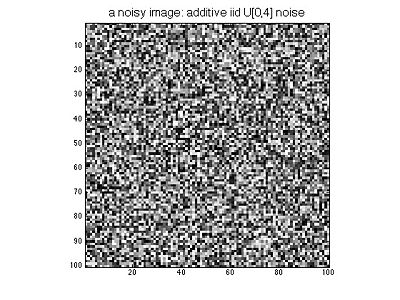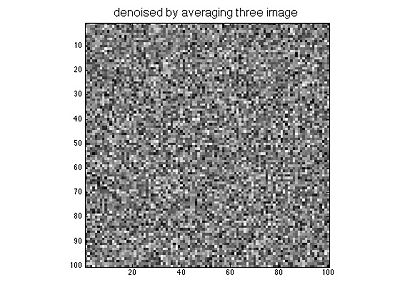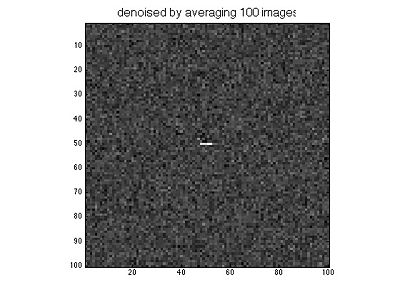Discussion about "enhanced" video of George Zimmerman
Hello all! I thought I would bring this up to the attention of the Purdue Digital Signal Processing community for discussion. As you may have heard, ABC news obtained an exclusive video of George Zimmerman in police custody. They sent the video to a company called "Forensic Protection" to be "digitally enhanced". ABC claims that the expert forensic team "sharpened what the tape really shows", which we are led to conclude are wounds behind the head of Zimmerman. The process used by the forensic team is explained a bit in this section of the company's website. I am embedding ABC's video above so you can hear ABC's claims and see the images for yourself. (You will have to click on the "watch on youtube link" because they disabled embedding.) My questions are the following:
- Who thinks the stuff that appears on the back of Zimmerman's head in the enhanced video existed truly in reality, and who thinks that it is an artifact created in the "restoration" process?
- Do you think that ABC is misleading the public with their interpretation of what "digital video enhancement" does?
I personally would hope that at least all my ECE438 students know that image sharpening is very tricky. In particular, processes that attempt to enhance the high frequency details of an image run the risk of enhancing the noise in the image as well. So an important question is: are we seeing enhanced noise, or enhanced signal? I find it highly suspicious that not more frames of the video are presented as evidence here, since if it is really signal, then it would most likely show up in all the frames featuring the back of the head. Moreover, there are obvious visible artifacts in the non-highlighted region of the featured frame: if artifacts were created elsewhere, how do we know that the features that appear behind the head are not artifacts too? (I wish we had access to the before and after videos, so we could ask students to analyze them and draw their conclusions. It would be a really nice exercise!) -pm
Professor P.'s comments:
It all depends on the spatial and temporal resolution of the video. Unless we know something about it, nothing really can be said about the enhancement result. Here is an example of "denoising" a sequence of 100 simulated frames in Matlab. In this example, averaging three frames does not reveal the signal whereas averaging 100 frames does. The MATLAB code for producing these images is available here.
There is a bit more information about the method that was used to process the video here, and there. Unfortunately, the explanation is not very precise, and there is no mention of frame rate and image resolution anywhere... Overall, it doesn't sound very serious. I found a short segment featuring the original video (below), but we really need the original if we want to ask ECE438 students to try to enhance the video on their own. Anybody can point to a source where we can get the original data? -pm
Write a comment/Question here.
- answer here.
Write a comment/Question here.
- Answer here.





